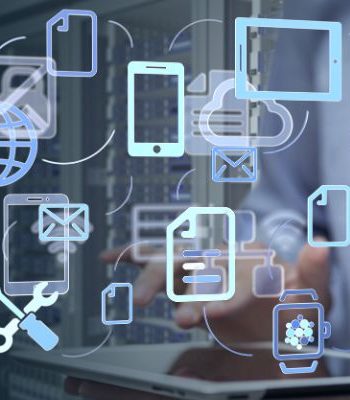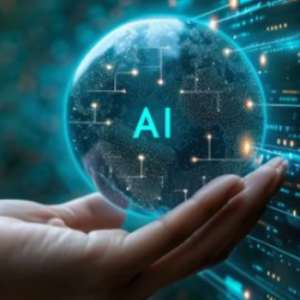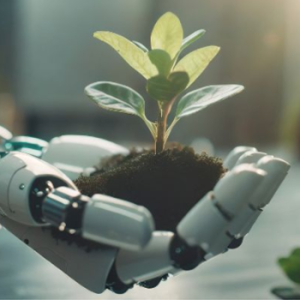Connected Ecosystems

Key Takeaway:
The anticipated 40% growth in 5G chipsets by 2025 is set to enhance IoT applications, connecting a third of the global population and supporting 1.2 billion connections. Additionally, the recent integrations of satellite and mobile networks could result in sales of over 200 million connected smartphones, illustrating the depth of this transformative trend towards a seamlessly connected technological future. However, this hyperconnectivity will drive worldwide end-user spending on security and risk management in 2024, driven by data privacy and cloud security needs.
Trend Type: Technology
Sub-trends: End-to-End Automation, Digital Infrastructure of the Future, Ecosystems for AI, Satellite Phone Connectivity, Broadband connectivity peak, IT/OT Integration, Connected Manufacturing, Connected Car
Use Cases
Digital Infrastructure of the Future: In the Ericsson 5G Smart Factory, the company used next-generation connectivity devices to monitor the factory building’s energy output and reduce energy use. Additionally, devices were connected wirelessly to Ericsson’s network, making it easy to add and remove capacity in response to changing demand.
Ecosystems for AI: In 2023, Morgan Stanley fine-tuned GPT-4 on 100K internal documents, creating an agent that answers questions for their financial advisors. Their employees regularly ask the agent a series of “golden questions” to make sure its “thinking” stays sharp. When the system answers incorrectly, these knowledge managers go back into the training documents.
Connected Manufacturing : The beverage company used AI techniques to trace the true cause of alarms in its packag-ing lines, an issue previously unresolved for 20 years. A combination of natural language processing, agglomerative clustering, and sequence analysis traced the problem to its root causes.
Connected Car: At Mobile World Congress 2024, Cisco’s EVP & GM of Networking, Jonathan Davidson, discusses Cisco’s role in driving the industry towards enhanced connectivity and the transformation of cars into “data centers on wheels.”
Use Cases
Sub-Trend Sources
End-to-End Automation: BCG The Next Wave
Digital Infrastructure of the Future: BCG The Next Wave, Forbes Tech Predictions, Kyndryl
Ecosystems for AI: Accenture Tech Trends, Forrester Predictions
Satellite Phone Connectivity: Delloite TMT Predictions, Economist Tech Trends
Broadband connectivity peak: Delloite TMT Predictions
IT/OT Integration: BCG The Next Wave
Connected Manufacturing: MIT Strategy Summit Report
Connected Car: eMarketer Tech Trends to Watch, Trend Hunter
What to Read Next
All Things Data
The increasing complexity and scale of data within modern enterprises lead into a shift in data management strategies, catalyzing a trend towards more dynamic, integrated, and technologically advanced approaches. This[...]
Quantum Computing
Latest Advances Although Quantum Computing was already present in last year’s Digital Trends, in 2024, the race to develop viable quantum systems is intensifying, with tech giants like IBM, Google,[...]
Eco Tech
The “Eco Tech” trend reflects the growing integration of technology with environmental sustainability efforts. Among the forefront technologies is carbon capture. Industries such as cement and steel are increasingly adopting[...]
What to Read Next
All Things Data
The increasing complexity and scale of data within modern enterprises lead into a shift in data management strategies, catalyzing a trend towards more dynamic, integrated,[...]
Quantum Computing
Latest Advances Although Quantum Computing was already present in last year’s Digital Trends, in 2024, the race to develop viable quantum systems is intensifying, with[...]
Eco Tech
The “Eco Tech” trend reflects the growing integration of technology with environmental sustainability efforts. Among the forefront technologies is carbon capture. Industries such as cement[...]



